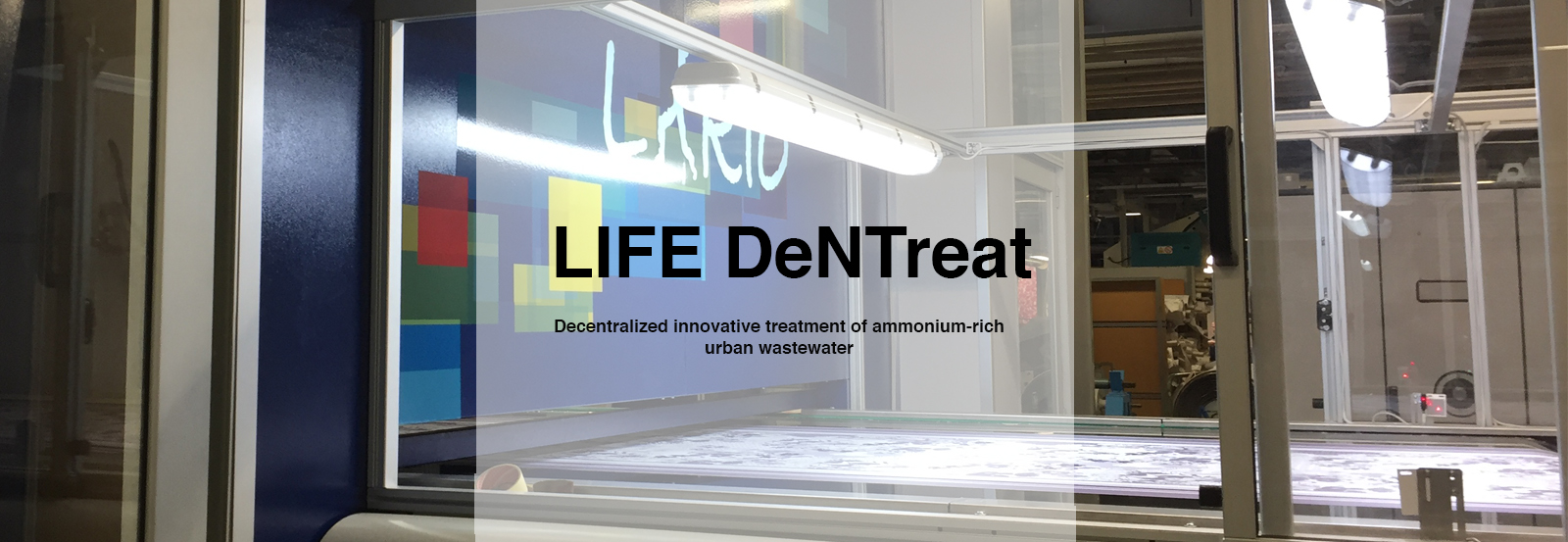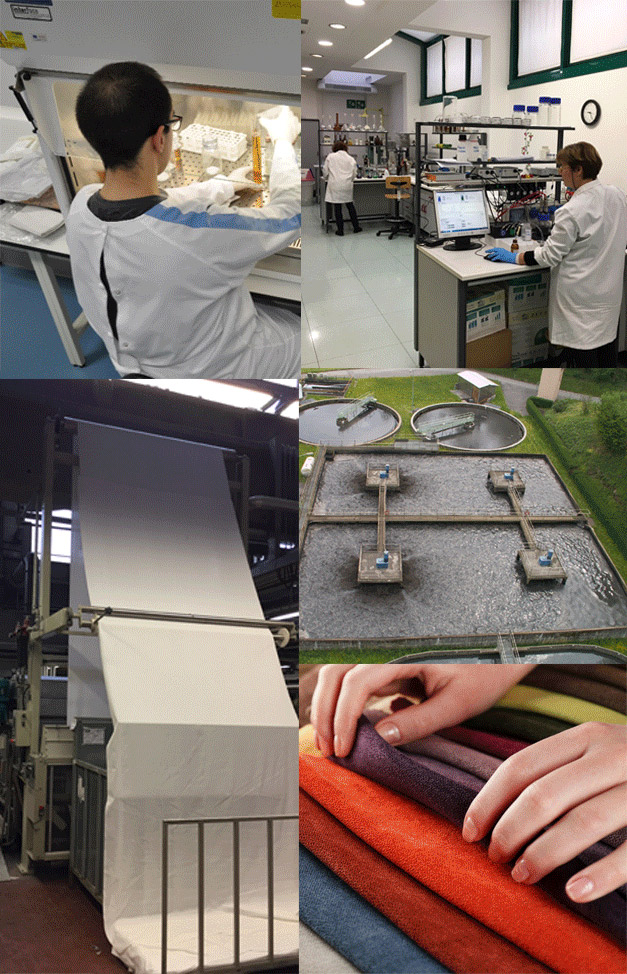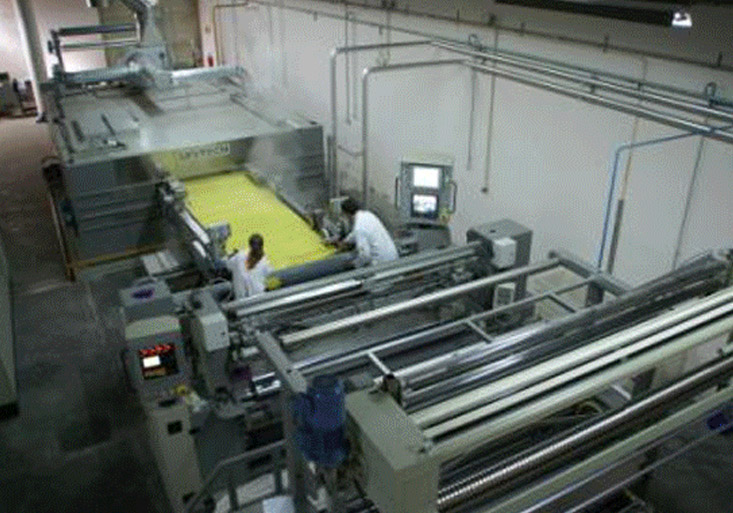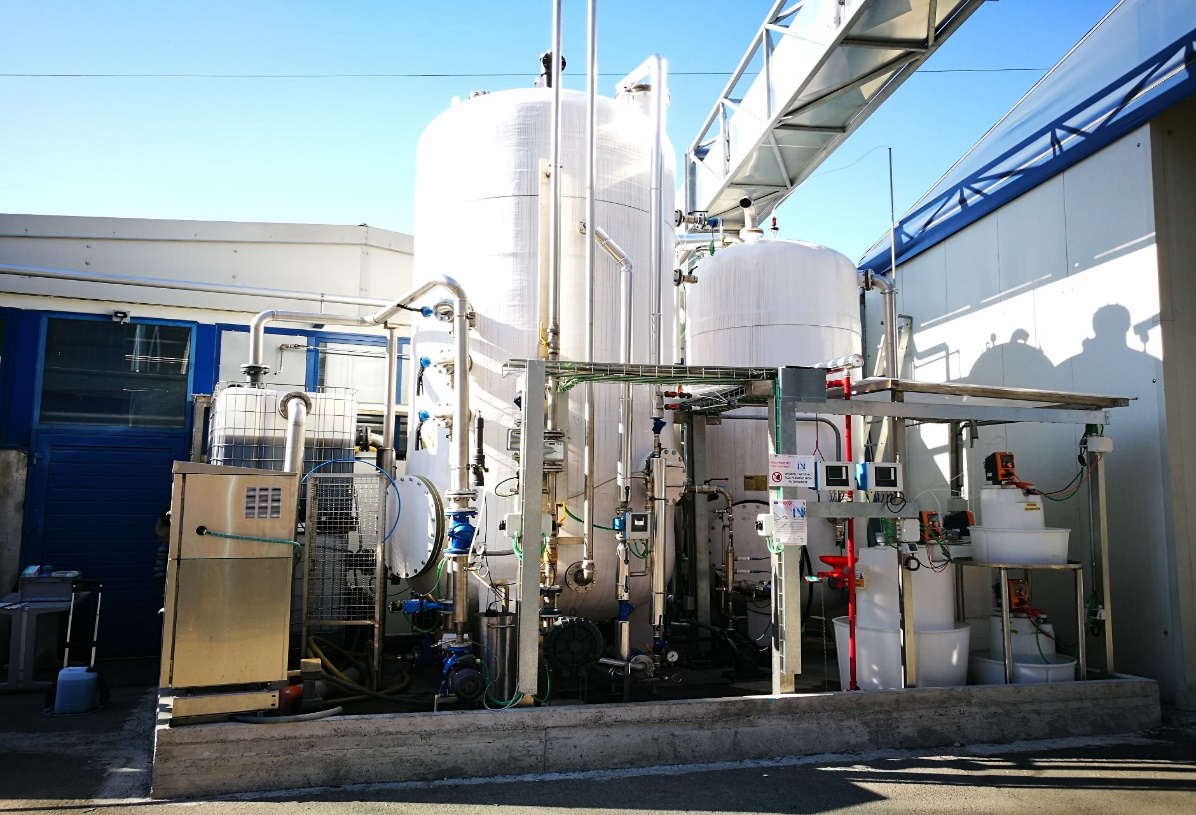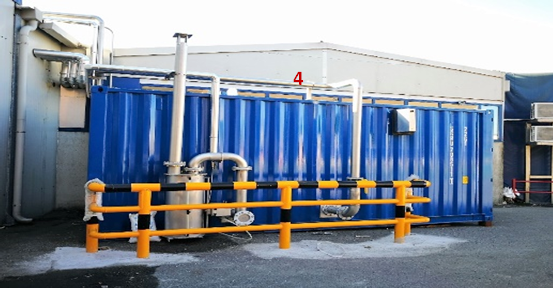The project
The textile&fashion industry in Europe is represented by 172.756 companies, with an average of 9 employees per company, often located within highly populated areas. Interestingly, starting from the late nineties, an innovative textile printing technology has emerged: digital (or “ink-jet”) printing. Considering the (most advanced) district of Como (Italy), 58% of the printed textiles are now manufactured using Digital Textile Printing (DTP). Even if economically (and, partially) environmentally better performing than traditional textile printing, for technical reasons DTP is responsible of an increase of more than 200% of nitrogen content in wastewater, resulting in a doubled sludge volume, doubled quantity of carbonaceous substrate and polyelectrolyte. In fact, the ink-jet printing requires other pre-treatment operations in addition to traditional preparation treatments, as a result of the different physical characteristics of the inks used compared to traditional printing pastes. DTP systems use low-viscous inks to attain high jetting frequency from small nozzles. This implies that some ingredients of the traditional printing pastes have to be put over the fabric before printing. In particular: urea, the ink fixer compound. Actually, DTP is thus a `two-phases’ printing as opposed to the `all-in’ approach of conventional printing: in the latter case, all the dyes, chemicals and thickeners required are included in the printing paste, whereas in the former some ingredients (urea) are applied in a new pre-treatment process. The problem is that such a pre-treatment contemplates the impregnation of 100% of the to-be-printed fabric (while in traditional printing technologies, just the areas covered with the ink are actually treated with urea). This drastically increases the amount of urea used per square centimetre of fabric. Urea is then (completely) washed out after printing and results as a pollutant in the company wastewater.
Major European textile districts are thus experiencing a drastic increase in the nitrogen content of their wastewater. WWTP collecting urban wastewater may have more than 50% of contribution from industry and, furthermore, textile industries are often placed in districts, where all the companies in the given area operate in the same sector.
LIFE DeNTreat aims at demonstrating that an innovative Anammox (ANaerobic AMMonium OXidation microorganism)-based, on-site wastewater pre-treatment module is able to sustainably abate nitrogen pollutants from selected points of discharge in order to reduce nitrogen content of overall urban wastewater, resulting in a re-established optimal operation of WWTP.

